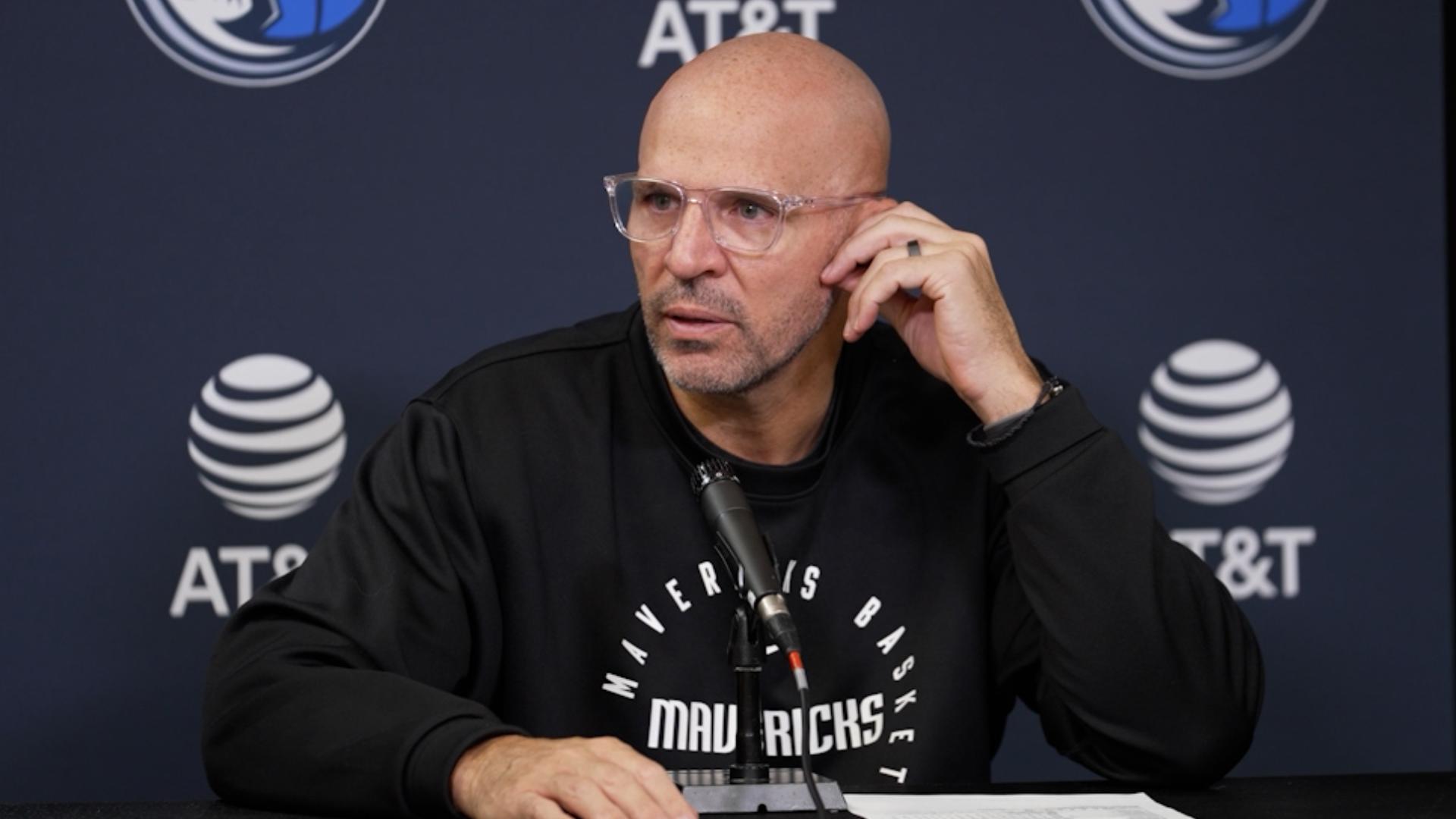It’s pretty crazy Dwight Powell is kind of good now. First of all, because of how bad he was, and how reckless it seemed to give him a big contract. But really because he’s a 45th overall pick in a not-overly talented draft (2014), taken just behind Markel Brown, Walter Tavares, and Nick Johnson (and Nikola Jokic, but, you know). And, he was a throw-in, in the Rondo trade – I always figured the Mavs signed him to a long-term deal just to answer critics who said they had no young talent and didn’t invest in it.
But the major reason I personally thought Dwight Powell had no hope is that he didn’t seem to be NBA-level good at anything. He seemed almost NBA good at lots of things, that’s why other people felt differently about him. He was a very mediocre rebounder for his size, but he didn’t get, like, zero rebounds. He was a very mediocre scorer, but not like, Dorian Finney-Smith mediocre. He was pretty inefficient for a big man, but not disastrously inefficient. People saw potential there, I just thought he couldn’t really do anything.
In a way, it’s the way Powell became kinda good that’s most interesting because it actually seems obvious: the Mavs turned him into another Brandan Wright. What’s weird about it is that it took them this long. The draft express profile for Powell mentioned that he’d need a jump shot to make use of his athleticism, and in Powell’s last two years the Mavs seemed to agree. I vividly remember watching him brick three-pointer after three-pointer in Summer League and having someone tell me it didn’t matter because he was just retraining his instincts to shoot from there. Since 2015, his three-point percentage has soared from 12.5% to 28.4% all the way back down to 26.4%. But in that time, the Mavs and he have recognized the inevitable.
In 2015-2016, Powell took 47% of his shots at the basket, 11% from 3-10 feet, and over 30% from more than 16 feet away. Today, he’s shooting 57% of his shots at the rim and a total of 73.6% from within 10 feet. He’s actually shooting nearly as many three-balls as he was then (15.9%, down from 19.6%) but he’s more or less cut out the mid-range jumpshot entirely (7.5% instead of 19.9%). It has paid dividends. He’s not shooting any better at the rim than he was last year, or even much better than the year before. He is shooting considerably better from 3-10. But by focusing on inside scoring he’s raised his FG% from mediocre to elite. His 59% on the season would rank sixth in the league, if he had taken enough shots.
The exact same thing had happened years ago to a young Brandan Wright, who left the Warriors and the Nets shooting about 41.9% of his shots at the rim and starting shooting 60-70% of them from there. In fact, he was the exact same age, 24, in his first year with Dallas, and 26 when shooting 61% of his shots from 0-3 and 88% from 0-3 meant a field goal percentage of 67.7 from the floor. In that year, 2013-2014, Wright averaged nine and four while Dwight’s averaging about eight and six.
In short, while I am quite surprised that Dwight Powell has turned into such a capable player, I am not surprised by how it happened, and it seems like somebody might have thought of it earlier. The Mavs apparently have an extraordinary facility for making the most of athletic big men who can finish at the rim, which is a good thing for a team to know about themselves.


